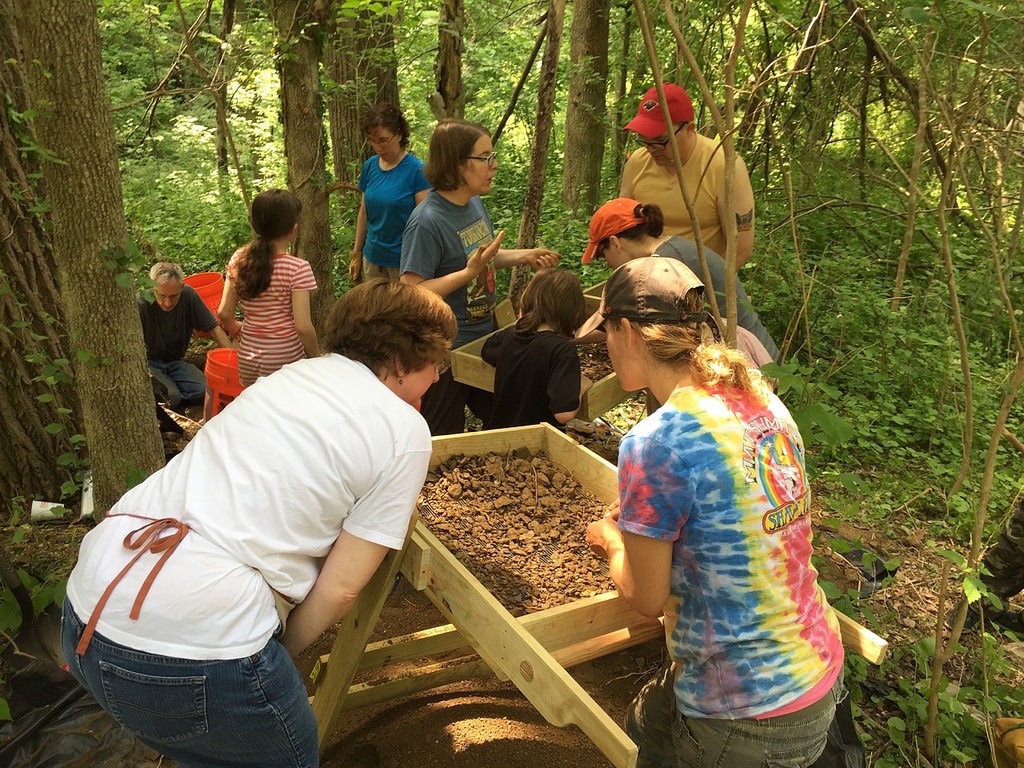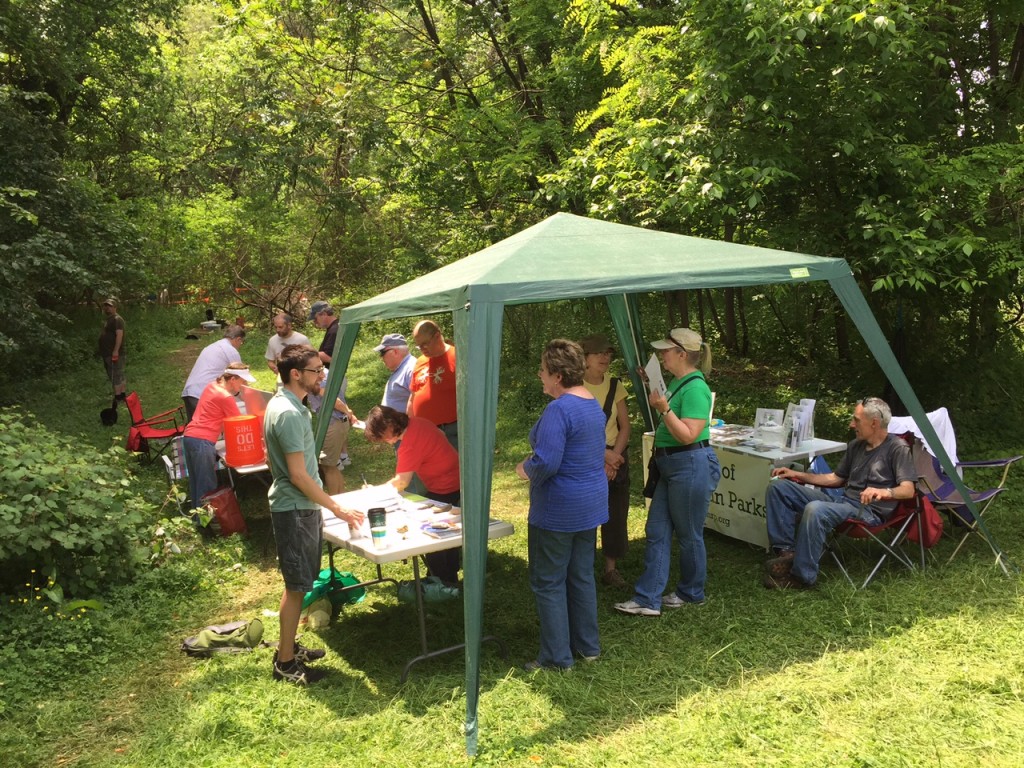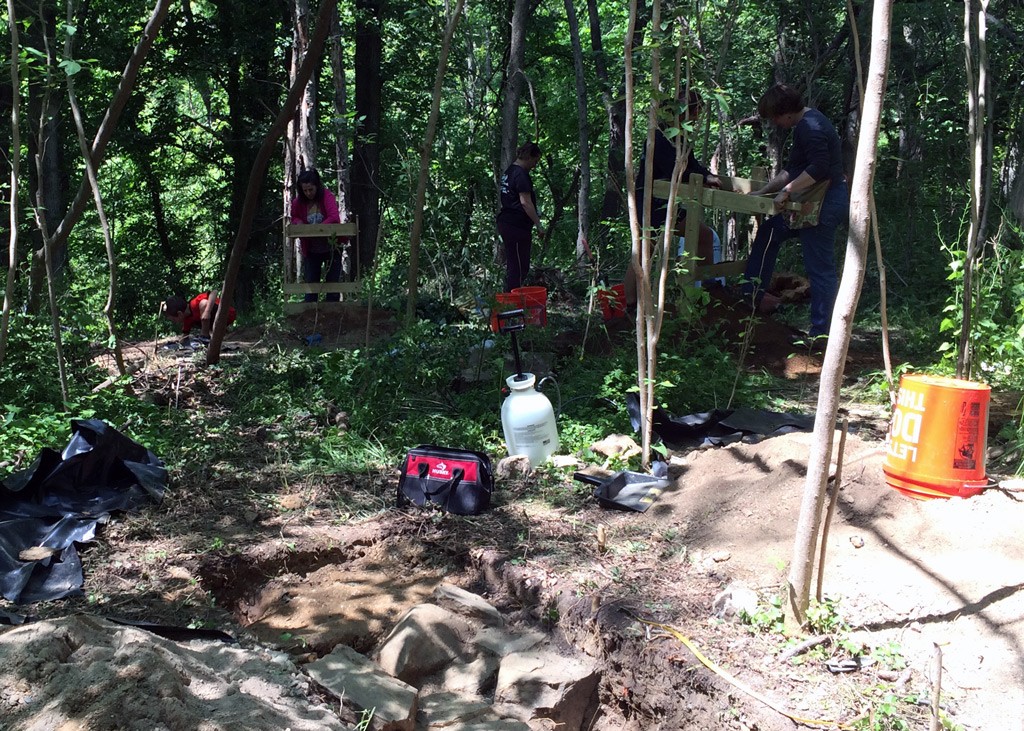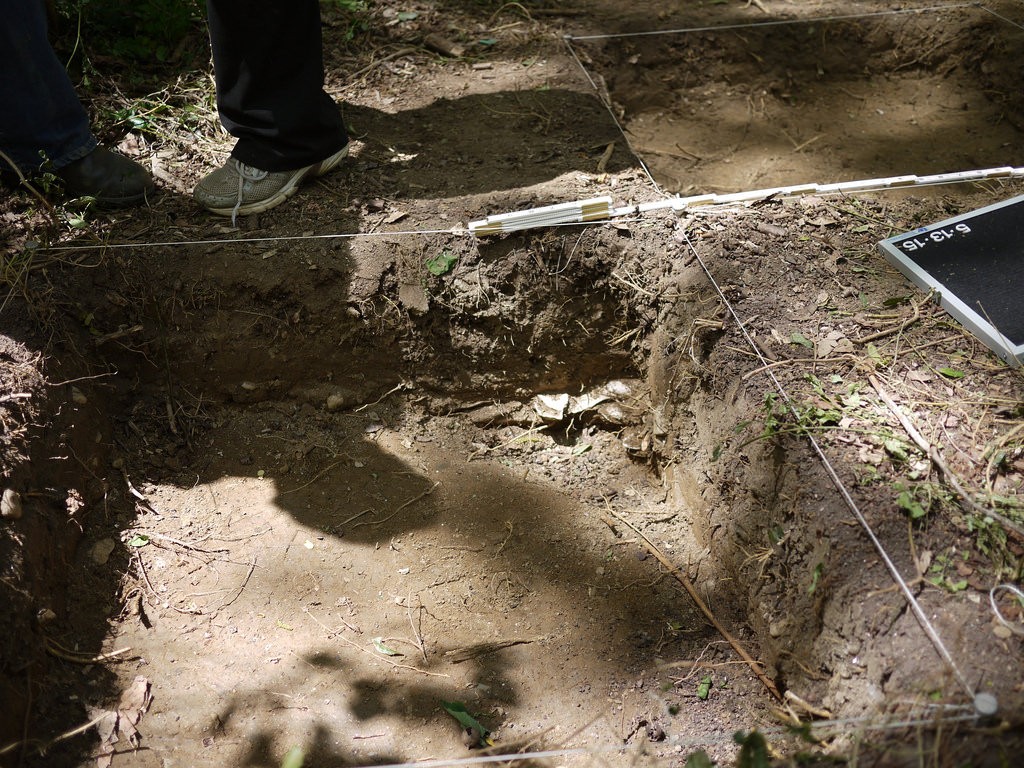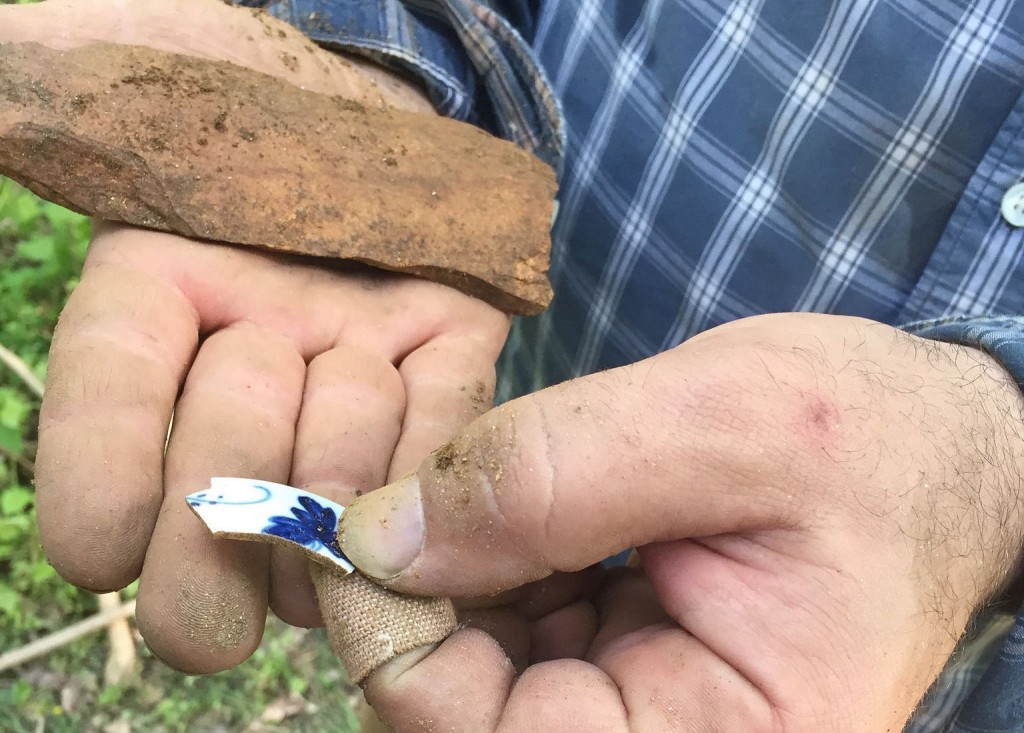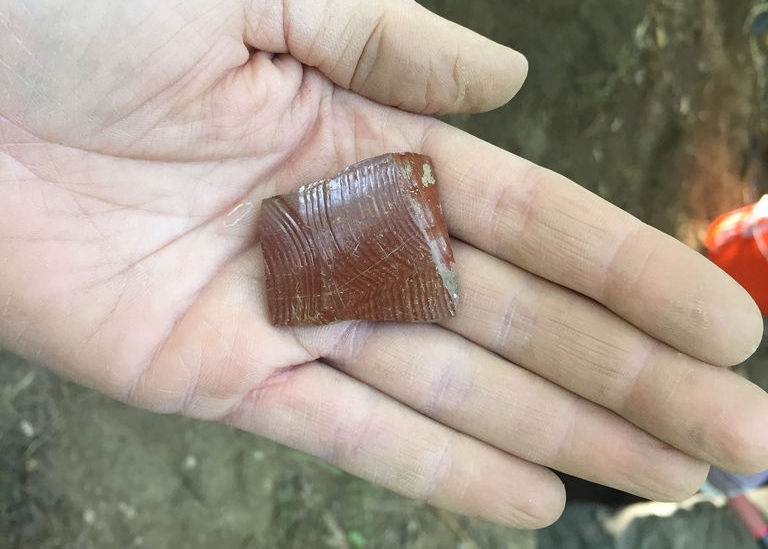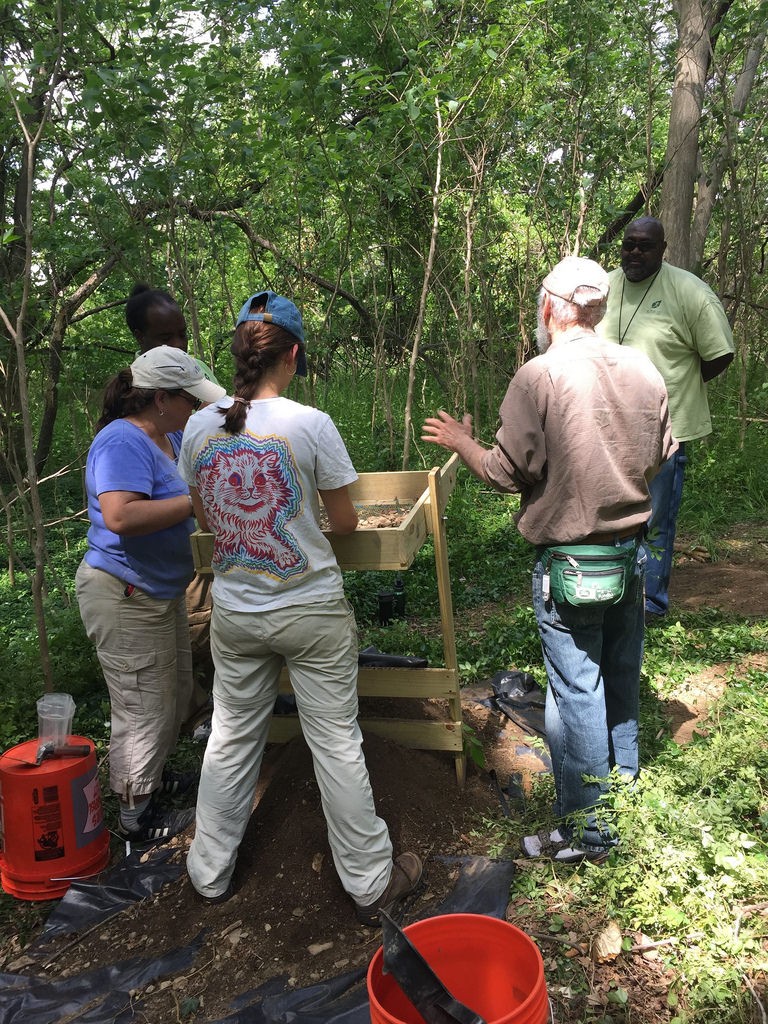Thank you to everyone who came to visit or volunteer at our archaeological dig in Herring Run Park last month. For our final Field Notes entry from the 2015 field season Lisa Kraus and Jason Shellenhamer shared a recap of what we were searching for and what we found. We’ll be looking for more volunteers to assist with processing the artifacts this summer so please sign up for project updates or get in touch with questions and suggestions.
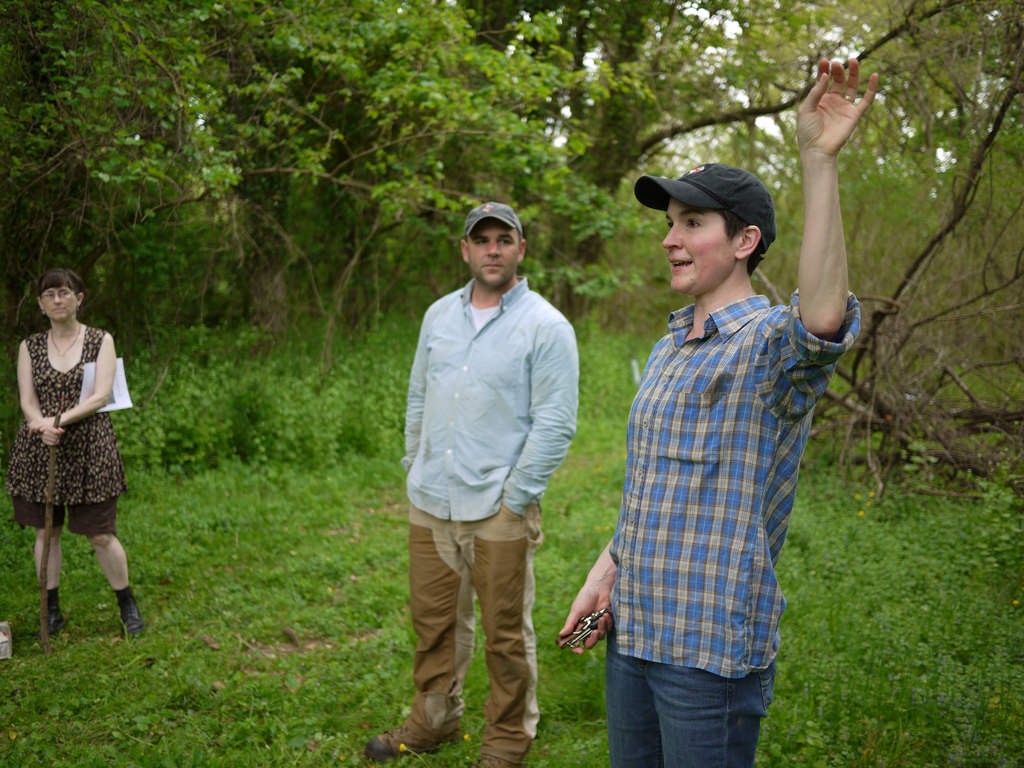
Last month, we worked with and a team of volunteers completed the inaugural field season of the Herring Run Park Archaeology project. The focus of the investigation was Eutaw Manor. Eutaw Manor was the late 18th-century retreat of William Smith. Smith’s country estate spanned all of present-day Herring Run Park between Belair and Harford Roads as well as portions of Lake Montebello.
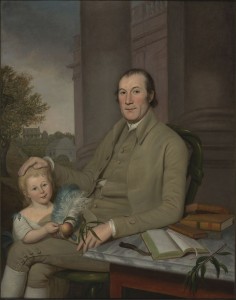
In the 19th century, the estate and manor house became the home of Smith’s grandson, Benedict William Hall and his descendants. During their ownership, the property was improved to include a hotel, two mills, several tenant farms, and the Eutaw Methodist Church. In 1865, the Eutaw Manor house burnt to the ground as a result of an accident during a christening dinner.
Nearly 150 years after manor burned, archaeologists and volunteers from all over Maryland and greater Lauraville rediscovered this lost piece of local history. During the nine-day excavation, archaeologists and volunteers uncovered the remains of the home’s foundation and explored portions of the extensive cellar.
We recovered numerous artifacts during the excavation of the Eutaw Manor House including materials from the house itself. In addition to the foundation of the 60 by 60-foot house, numerous nails, window glass, and bricks were recovered from within the cellar hole and in the yards surrounding the home. Other artifacts included numerous fragments of tea and tablewares as well as tobacco pipe fragments, food remains, and glassware.

While the fire that destroyed the house occurred over a century ago, the scars of that event were still evident. Much of the material recovered from the site bore evidence of the fire. The pottery was blackened, the glassware melted, and scorch marks on the foundation walls and the plaster showed evidence of smoke damage. Over the course of the excavation, it became apparent that many of the ceramic dish fragments recovered from the site were likely pieces of the very dishes the Hall family set out for their christening dinner on the last night the house stood. Although none of these fragmentary items has any monetary value, their worth in providing valuable information about the occupants of the house will be immeasurable.
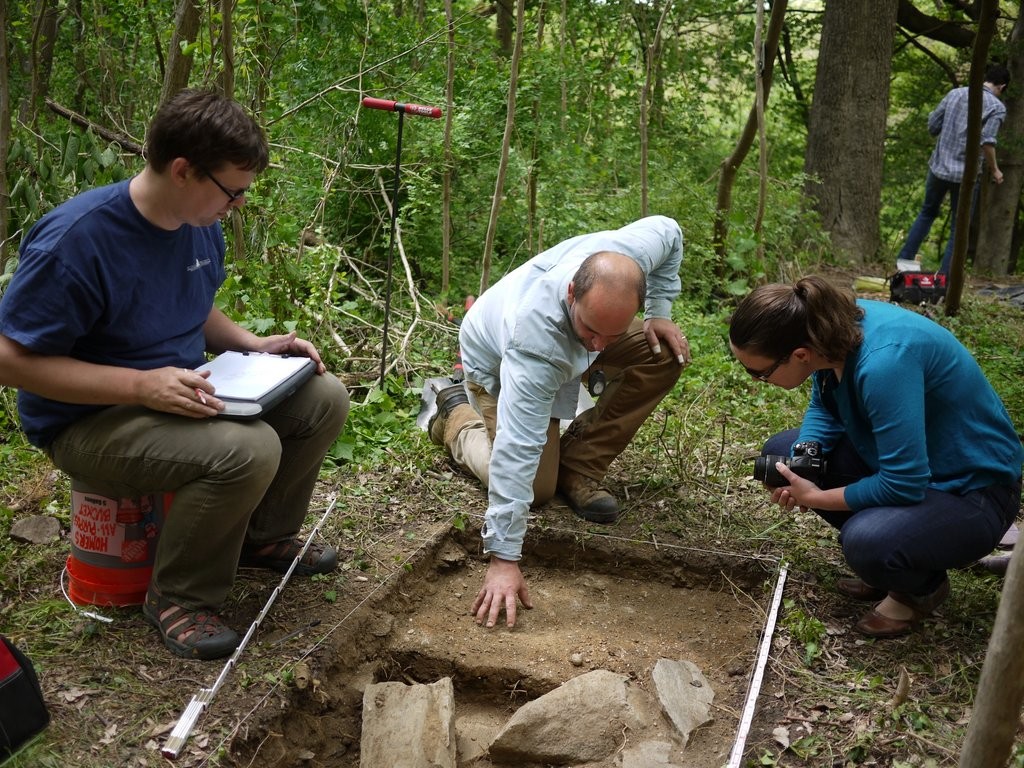
Other discoveries from the site included the possible remains of the Eutaw kitchen, an oyster shell trash pit, and support posts for the large veranda that was once attached to the west side of the manor house. Another surprising find was a sizeable collection of pottery and other artifacts that suggest the site of the Eutaw Manor house was likely home to an earlier residence that predates the ownership of William Smith and his family; a home that might date to the 1750s or earlier.
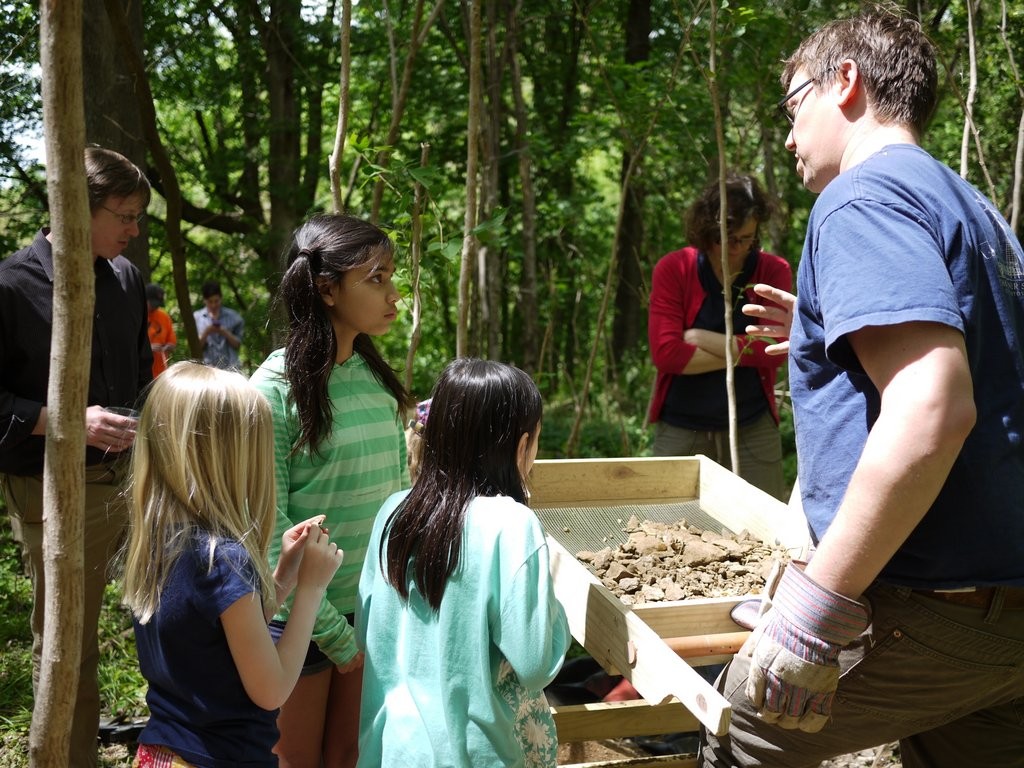
The project was a remarkable success, and would not have been possible without the support of our amazing partners: the Northeast Baltimore History Roundtable, Baltimore Heritage, the Friends of Herring Run Parks and a generous grant from Preservation Maryland. Most importantly we want to thank you, the greater Lauraville community, for you ongoing interest in the project, generous support, and the hard work of our nearly 60 volunteer archaeologists who helped us learn a little more about our community’s past.
While the excavation is over for this year, there are more volunteer opportunities to come. Starting in late July, we will announce days and times when we will be washing and sorting the hundreds of artifacts collected from Eutaw Manor. If you didn’t have a chance to join in last month’s excavation, this will be an opportunity to get to see and touch all the interesting objects discovered in Herring Run Park!

